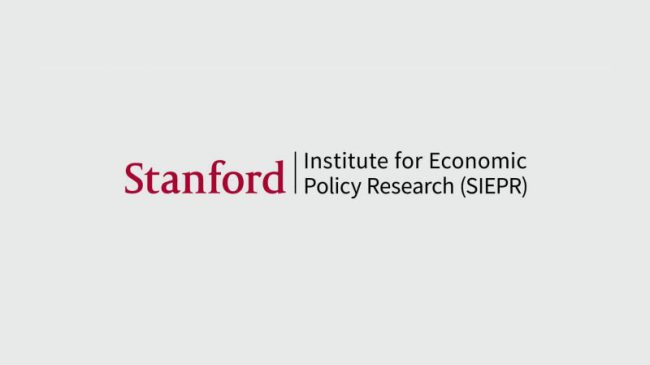The debate on the “California Rule” often centers around the legal interpretation of the rule (i.e., how pension benefits are/should be contractually protected). Relatively little attention, however, is paid to the political incentives that drive the rule. A recent paper by Stanford professor Jeremy Bulow sheds some light on this issue.
In this paper, Bulow explains a paradox: while a narrow interpretation of the California Rule should normally work against public employees’ interests, this interpretation is strongly supported by public unions and opponents of pension reform.
The California Rule was created in 1955, when the California Supreme Court struck down a 1951 city charter amendment in Allen v. City of Long Beach. According to this rule, which is based on the Contract Clauses of both the federal and California constitutions, an employee has a vested contractual right to earn not only the pension they’ve accrued so far, but also the future pension according to rules already in place as long as they continue in their job. This means that even prospective changes that do not touch the accumulated benefits but reduce pension benefits to be earned from future service can be considered contractual impairments. Such changes therefore must be accompanied by “comparable new advantages” to be ruled constitutional. Many later court rulings have confirmed this interpretation, though some current lawsuits are challenging it.
Putting aside the interpretation issue, the fact that public unions and many politicians have tried so hard to defend the strictest version of the California Rule does not seem to make sense from the economic point of view. According to Bulow, rules that restrict the structure of compensation do not affect total compensation. While the California Rule restricts the government’s ability to reduce future pension benefits, it does not preclude the same government from reducing other kinds of benefits (e.g. salary, medical benefits, etc.) at all. Thus, the rule should not have a positive impact on total compensation.
Bulow argues that the rule could even work against public employees in three ways:
– Inflexibility in allocation of compensation: the rigid California Rule prevents public employees and employers from negotiating an optimal mix of compensation. For example, swelling pension benefits due to lower interest rates may put a downward pressure on salaries. In this case, those employees who prefer to maintain higher salaries in exchange for lower pension benefits are made worse off.
– Inflexibility in choice of investments: according to Bulow, a government defined benefit plan is simply a defined contribution plan with only one investment option, which is deferred annuities sold not by a regular insurance company but by the public employer itself. The California Rule, by locking employees into these annuities that are difficult to be reduced, prevents the employees from diversifying into other forms of investments.
– Prospect of jobs being outsourced: since the constraint placed on the compensation structure by the California Rule is not attractive to potential workers on the margin who prefer more salary and less pension, public employers may find it cheaper to outsource jobs to private firms, which are not subject to that constraint.
So why do public unions and many politicians defend the narrowest interpretation of the California Rule given the fact that it does not seem to do any good to public employees? The answer, according to Bulow, lies in the underlying accounting rules and techniques used by state and local governments in valuing and funding pension benefits.
As we have discussed in-depth elsewhere, public pension plans are relying on aggressive accounting rules that have significantly understated the true pension costs for years, resulting in a systematic underfunding of these costs. Worse, these rules are also accompanied by “smoothing” accounting techniques that push pension debt far into the future, further exacerbating the underfunding problem.
How are these aggressive accounting practices related to the California Rule? The previous analysis shows that the California Rule should not have a positive effect on total compensation, and that there’s no good reason for public employees to support the rule. However, this analysis is only correct under normal circumstances, i.e., pension benefits are properly priced and accounted for.
But Bulow shows this is not the case for public pensions. The aggressive accounting techniques allow governments to promise generous pensions without funding them adequately. This in turn allows governments to boost total compensation without raising taxes in the present. Of course, this practice simply shifts the costs to future taxpayers.
And this is where the California Rule comes in: the rule ensures that the generous pension promises are deemed credible by public employees, and that future taxpayers cannot go back on these agreements and must foot the bill when the underfunding is finally revealed. In other words, the flawed accounting techniques promote the narrow interpretation of the California Rule to benefit both current politicians and public employees at the expense of future generations.
Besides explaining the logic of the California Rule from the political incentive perspective, Bulow’s paper also reveals an inconsistency between the California Rule and the undervaluation of public pension benefits. To quote Bulow from the paper:
“It is logically inconsistent to say that on the one hand the pension benefits promised to employees are as safe as if they were promised by a high quality insurance company and on the other hand say that it is appropriate to value those benefits at 60 percent… The benefits are either safe and worth $100 or worth only $60 because they are very risky. They cannot simultaneously be safe and worth $60”
Bulow’s remark is spot on. Allowing this inconsistency to continue won’t end well for anyone. Even the most rigid version of the California Rule cannot fully protect future pension benefits when the underfunding becomes too severe and taxation and service cuts reach their limits. The only sensible thing to do now is get realistic about accounting for and funding those benefits, instead of doubling down on making the rule as rigid as possible.

